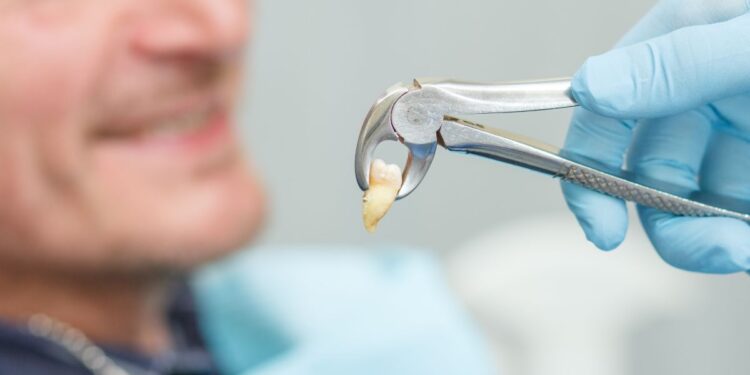Key Takeaways:
- Essential steps to prepare for a tooth extraction.
- Understand the procedure and minimize anxiety.
- Importance of post-extraction care for optimal recovery.
- Expectations for a smooth and stress-free dental experience.
Table of Contents
Understanding the Tooth Extraction Procedure
A tooth extraction might sound daunting, but it is a common and safe dental procedure. Whether you’re having tooth extraction Chicago or elsewhere, it simply involves removing a tooth from its socket in the bone. This can be done for various reasons, including significant tooth decay, infection, or overcrowding. Familiarizing yourself with the procedure can help alleviate concerns and prepare you for what’s ahead.
Key Reasons for Extraction
Teeth may need to be removed due to excessive decay, periodontal issues, or damaged fractures. Sometimes, teeth are removed to prepare for braces to align the remaining teeth. Public health entities like the CDC emphasize maintaining proper oral hygiene to prevent complications that could lead to tooth extraction.
Pre-Extraction Consultation
Before undergoing an extraction, it’s essential to consult with your dentist. This meeting allows your dentist to assess the tooth’s condition, discuss your oral health, and inform you about the procedure’s specifics. You should disclose any medication, as it might interact with anesthesia. Also, talk about any apprehensions you have; a detailed discussion can help ease anxiety and prepare you psychologically for the procedure.
Preparing for Your Extraction Appointment
Once your consultation is complete, preparing for the appointment involves practical steps. If sedation is involved, ensure any necessary travel arrangements since it might not be safe to drive post-surgery. Organize soft food options and stock up on any recommended medications in advance to ease post-extraction care. Following your dentist’s pre-surgery guidelines is vital for a hassle-free experience.
Day of the Procedure: What to Expect
On the procedure day, your dentist will begin administering anesthesia to numb the affected area completely. This guarantees that you will be comfortable throughout the extraction procedure. The degree of sedation required may vary depending on the type of extraction. You may occasionally feel pressure as the dentist delicately extracts the tooth using specialized instruments, but there should not be any pain. The overall procedure is relatively quick, and most patients can leave once they’ve rested briefly.
Post-Extraction Care
Successfully caring for the extraction site post-procedure is crucial. Following the procedure, adhere to all aftercare instructions provided by your dentist. These instructions may include utilizing recommended pain management techniques, avoiding specific foods and activities, and maintaining a clean surgical site. Proper post-extraction care prevents complications like dry socket, ensuring quicker and more comfortable healing.
Managing Potential Complications
Although rare, complications can occur post-extraction, with dry socket being the most common. Recognizing symptoms like severe pain or prolonged bleeding is essential for prompt treatment. If any concern arises, contacting your dentist immediately ensures quick management of any issues that might threaten recovery.
Maintaining Oral Health After Tooth Extraction
Once you’ve recovered from your tooth extraction, it’s important to sustain good oral health to prevent future issues. This includes maintaining a good brushing and flossing routine and attending regular dental check-ups. Building a strong relationship with your dental care provider ensures that any signs of trouble are caught early and managed effectively.
Chicago, known for its excellence in healthcare, offers numerous dental clinics that utilize cutting-edge technology for safe and effective tooth extractions. Patients know they are in good hands by leveraging the expertise in such locations.


 Home
Home









